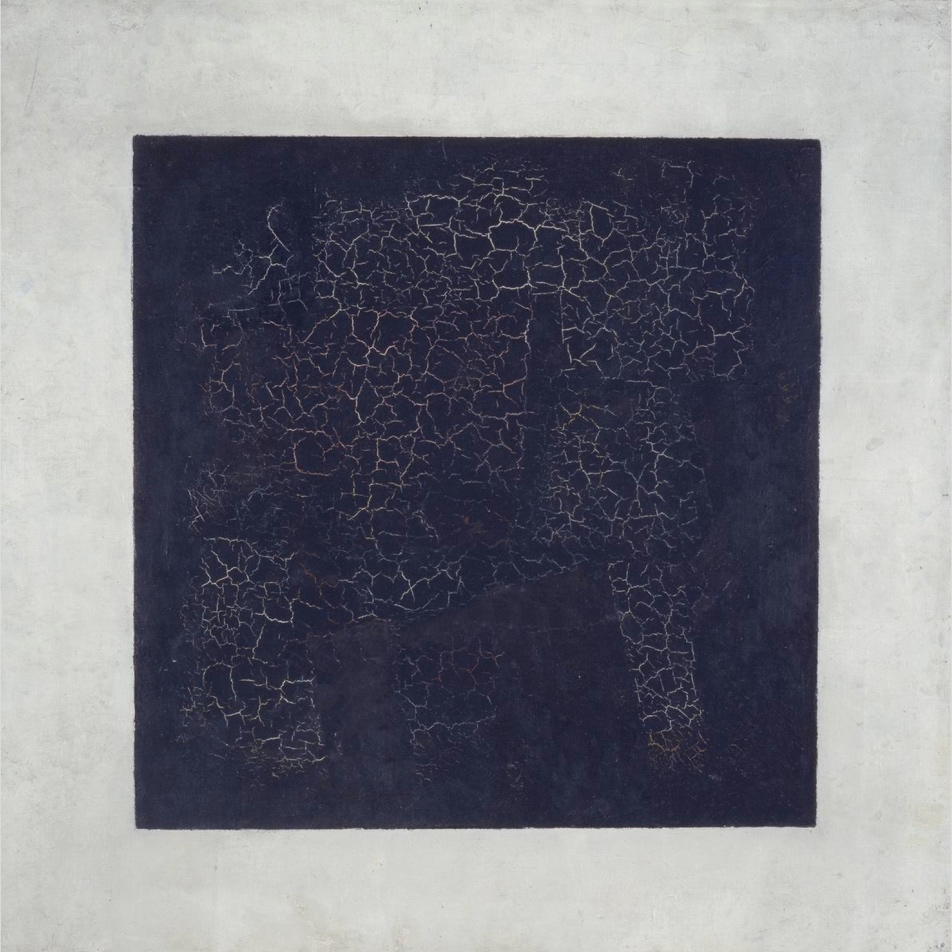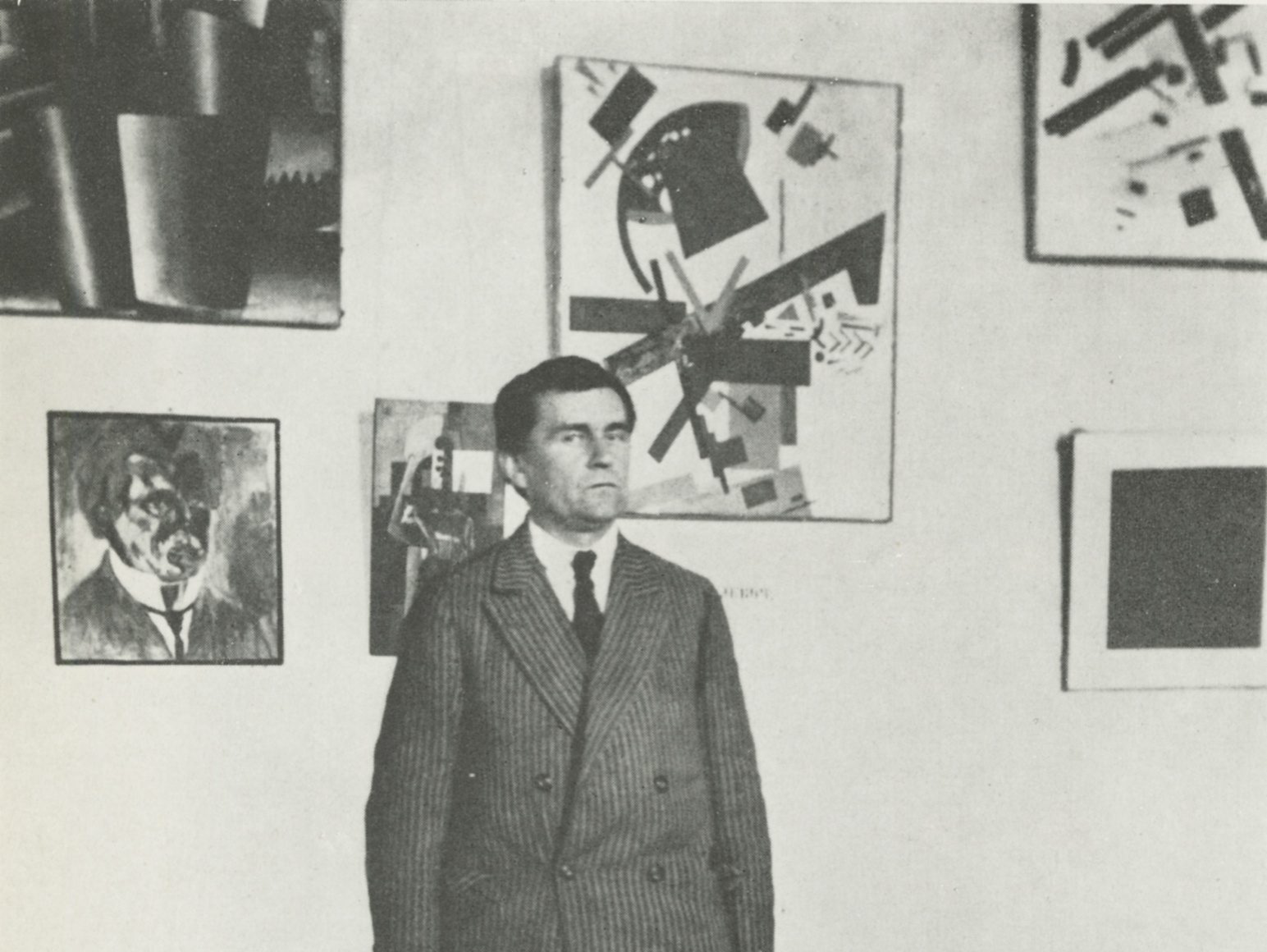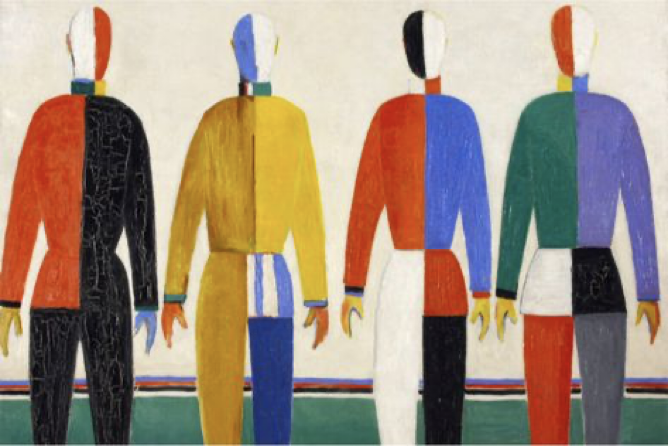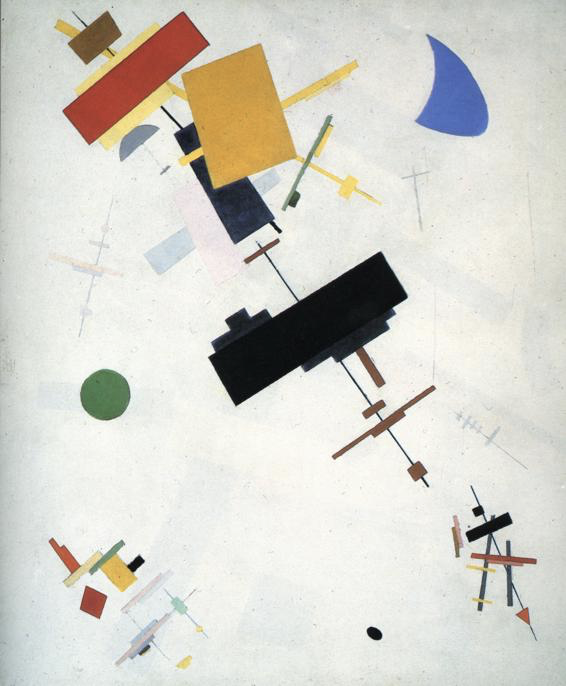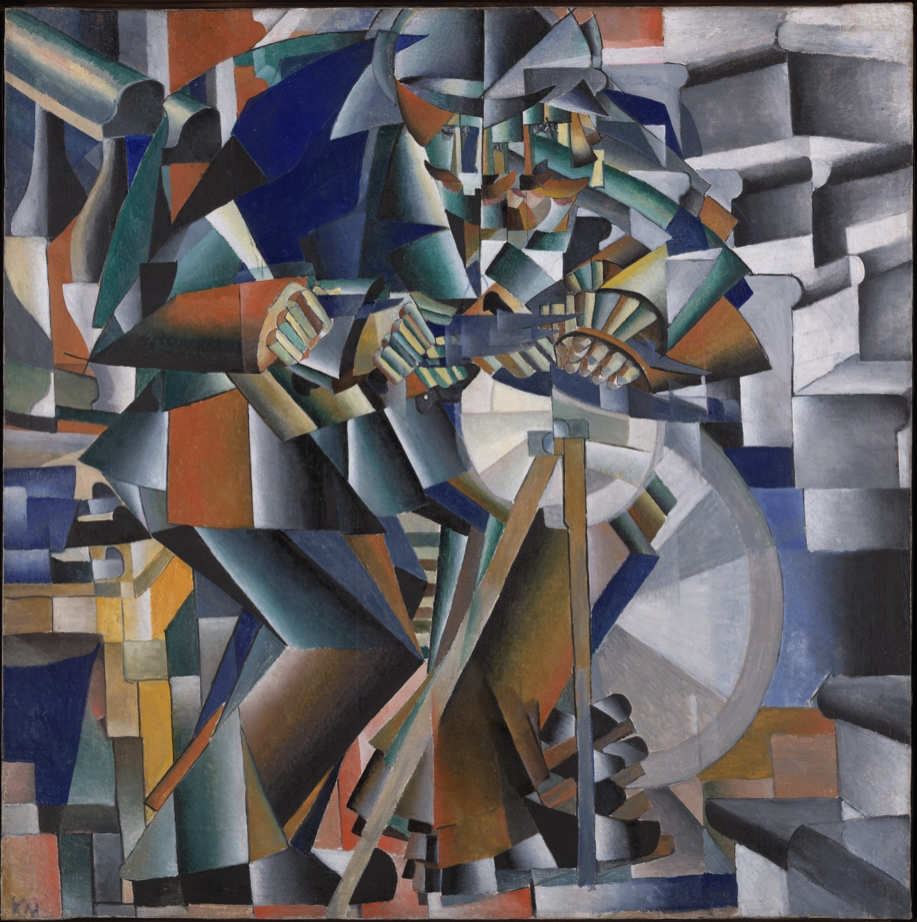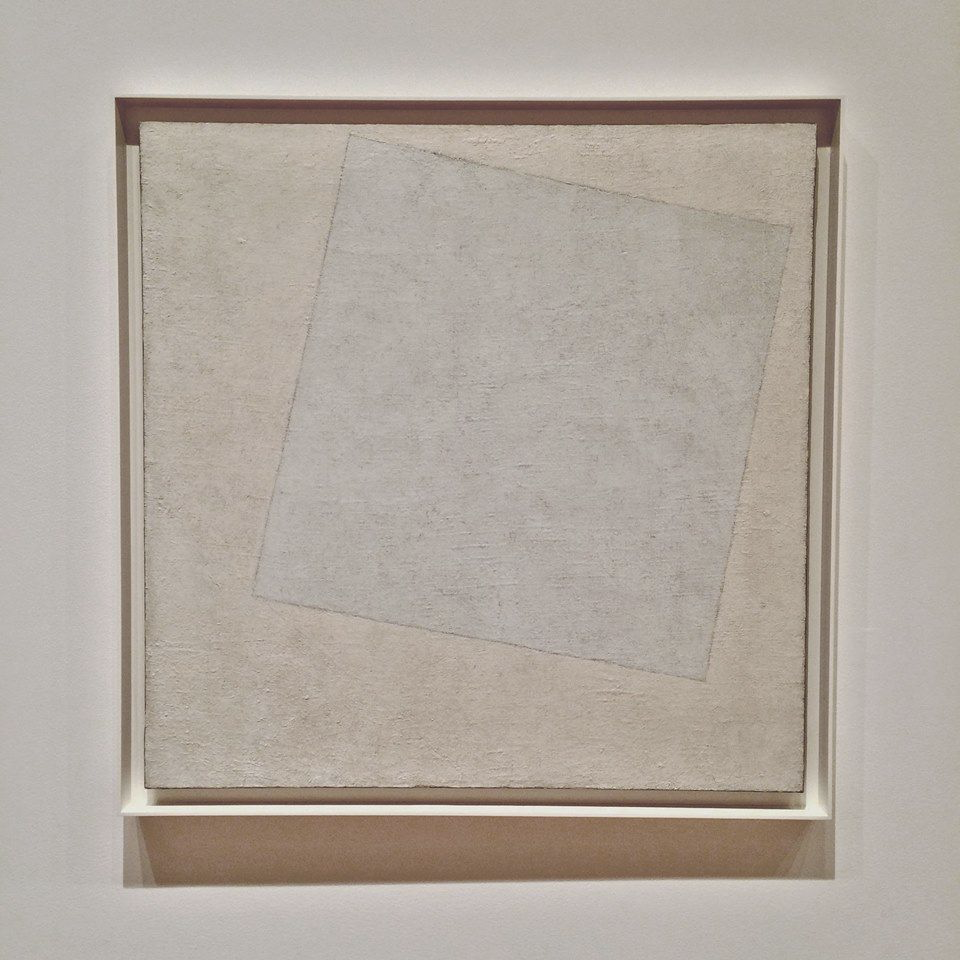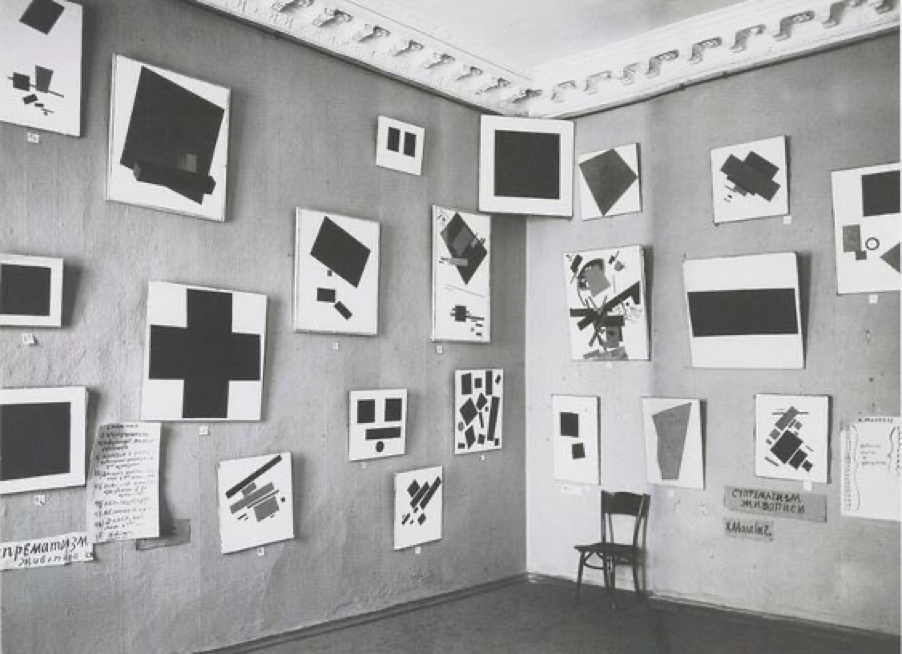Black Square or a Modern Icon
Capturing, magnifying, and terrifically simplistic - the Black Square is one of the most scandalous, controversial paintings one can find. Famous to the upbringing generation by its "meme roots," this piece is known as a symbol and evidence of "useless modern art," which lost its originality and implication of divine techniques and moved to the landscape of simple figures and forms.
Indeed, one may argue that the piece is literally a black square on a white canvas - "I can draw like that on my own, where are my millions and a place in the Louvre?" Nevertheless, the picture remains a legend alive and tightly holds its position in the artistic world. The question remains: is the black square just a figure on a white background, or is it something more than that?
Black Square (1915)
We all know Black Square, but what do we know about the author? Is he famous, or is he a master of one picture? Well, let's stop it there. Born in Kyiv, spending his life in Saint Petersburg, and being of Polish origin, Kazimir Malevich is the one who created the frivolous painting. Working in abstract art, he longed and searched for some new forms previously unknown to one's eye; he wanted to change not the art itself but the form in which it stands. Joining the aspiring group of avant-garde artists, he laid a foundation of Suprematism - a new artistic form determined to show "the supremacy of pure artistic feeling" rather than on the visual depiction of objects. The new artistic movement was supposed to provide complete freedom, liberating the artist from everything related to the ideal structure of life and art, the rebellious spirit in its pure form.
Kazimir Malevich with his paintings in Leningrad (1924)
Malevich clearly stated the core concept of Suprematism in one of his works called The Non-Objective World: "Under Suprematism, I understand the primacy of pure feeling in creative art. To the Suprematist, the visual phenomena of the objective world are, in themselves, meaningless; the significant thing is feeling, as such, quite apart from the environment in which it is called forth."
Moving a bit further, Kazimir Malevich has a bunch of famous paintings in his career, the most famous among which are Sportsmen (1931), Supremus 56 (1915), The Knifegrinder (1912), and Suprematist Composition: White On White (1918). He worked in various fields but never quit creating in his own artwork style.
Sportsmen (1931)
Supremus 56 (1915)
The Knifegrinder (1912)
Suprematist Composition: White On White (1918)
The Black Square, created in 1915, can be called a magnum opus of the artist. He couldn’t sleep nor eat for a couple of days before and after the exhibition of a famous painting - such was his own thrill regarding the piece. Described by Kazimir Malevich as the “first step of pure creation in art,” the picture was destined to become a symbol of the Suprematism movement, free of pure artistic forms and any borders. The piece was first shown at the Field of Mars Square in Saint Petersburg. One of the most essential features of the picture's legacy was its exposition and, specifically - the placement. Hanging in the corner of the room, just like the icon corner, a small Christian worship space prepared in Eastern Orthodox homes, emphasized the collision between Modernism and traditional Eastern Orthodox culture. The picture was a protest against the “communist regime,” entirely banning religion and making it inaccessible to the people living in the Soviet Union, diminishing any kind of faith except the faith in the regime. Thus, the picture shows the darkness, the essence of the new world, a new religion without “religion.”
Suprematist works by Malevich, Saint Petersburg, 1915
So, what can one learn about Malevich's artwork? Just a simple fact that a simplistic art form can hide much more sophisticated overtones and capture the moment of desperation and unknown, guiding the viewer into the unforeseen echos of a darkening future. So here is the question once again: is the black square just a figure on a white background, or is it something more than that?

